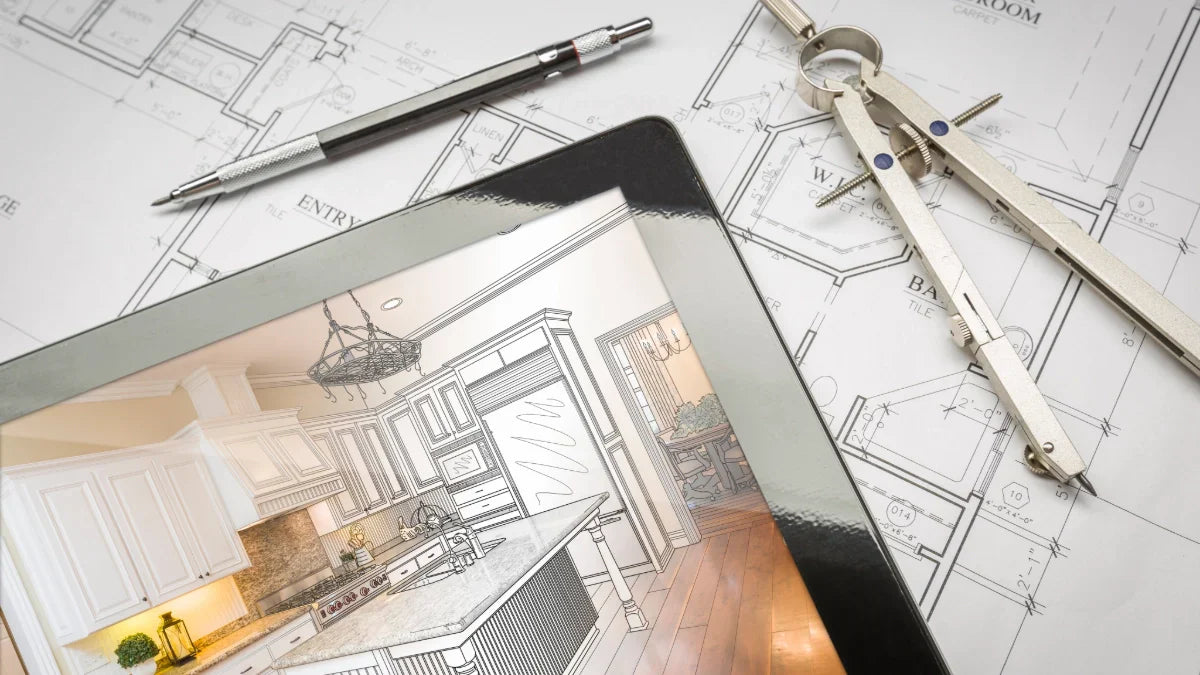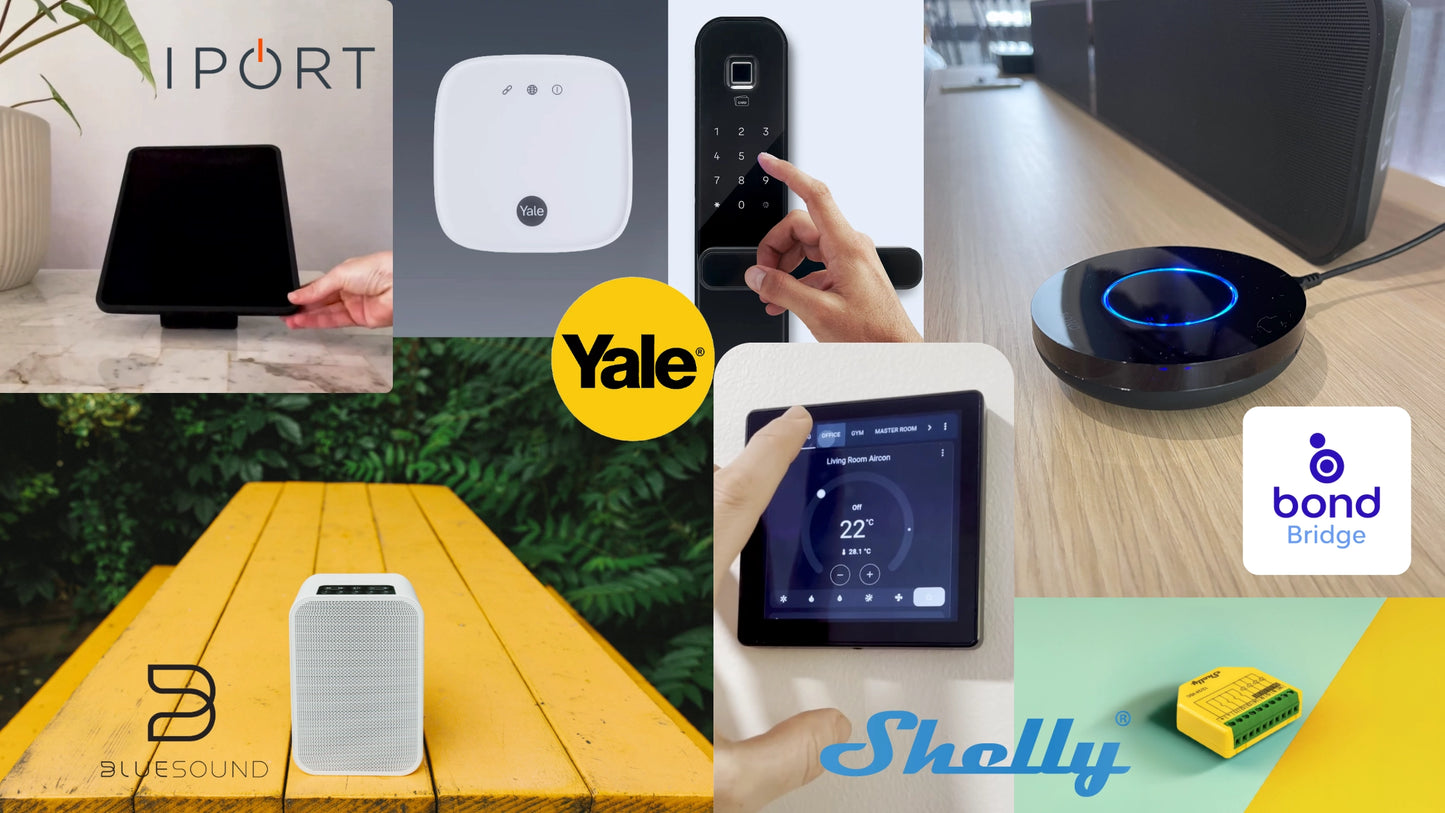
Smart homes are becoming more common, but not everyone is convinced that adding smart technology is worth it. On one hand, they offer convenience and control. On the other, some people prefer the simplicity and charm of a traditional home.
So, what’s the real difference between a smart home and a normal home? Let’s take a look at both to help you decide which suits your lifestyle better.
What Is a Normal Home?
A normal home is just that—simple, straightforward, and free of high-tech gadgets. It’s equipped with:
• Conventional lighting and switches: Manually operated and reliable.
• Standard appliances: No need to worry about apps, updates, or compatibility issues.
• Traditional security systems: Often basic alarms and physical locks.
• Low maintenance: Fewer tech issues and no dependence on Wi-Fi or internet connections.
The Charm of a Normal Home
There’s something to be said for keeping things simple. Normal homes don’t require you to be tech-savvy or worry about connectivity issues. They’re predictable and reliable, and some people appreciate the feeling of being more hands-on and unplugged.
What Is a Smart Home?
A smart home is packed with connected devices that automate and streamline daily tasks. It features:
• Automated lighting and appliances: Control with apps or voice commands.
• Integrated security systems: Smart cameras, motion sensors, and remote monitoring.
• Energy efficiency solutions: Smart thermostats and lighting automation.
• Multi-device integration: Using hubs to connect and control devices.
The Appeal of a Smart Home
Smart homes offer convenience, customisation, and control. Whether it’s adjusting the lighting from your phone or having your thermostat automatically lower when you leave, a smart home is all about making life easier.
Pros and Cons of Smart Homes vs. Normal Homes
|
Feature |
Smart Home |
Normal Home |
|---|---|---|
|
Convenience |
Control lights, climate, and more remotely |
Manual control, no automation |
|
Energy Efficiency |
Automated control saves power |
Typically less energy efficient |
|
Security |
Smart cameras and remote monitoring |
Basic alarms and manual locks |
|
Cost |
Higher upfront cost for devices and setup |
Lower cost with conventional equipment |
|
Maintenance |
Regular updates and potential tech issues |
Minimal maintenance, no software needed |
Why Some People Prefer a Normal Home
1. Simplicity and Reliability
A normal home doesn’t rely on Wi-Fi or cloud services to function. Lights work with a flick of a switch—no apps or commands needed.
2. Privacy Concerns
Not everyone is comfortable having internet-connected devices throughout their home. A normal setup feels more secure and private to some.
3. Hands-On Living
Some people enjoy the feeling of being in control rather than relying on automation. The tactile experience of flipping a switch or adjusting a dial is satisfying.
Why Smart Homes Are Gaining Popularity
1. Convenience and Control
Adjust lighting, climate, and security from anywhere using your phone or voice commands.
2. Enhanced Security
Get real-time alerts and remote access to cameras, giving peace of mind when you’re not home.
3. Energy Savings
Automate lighting and climate control to reduce energy waste, saving money on bills.
So, Which One Is Right for You?
It ultimately comes down to personal preference and lifestyle. If you value simplicity and low maintenance, a normal home might be your best fit. But if you’re drawn to convenience, control, and energy efficiency, upgrading to a smart home is worth considering.
